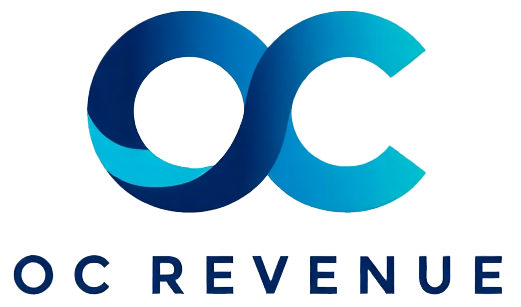Table of Contents
Recent Articles
5 Pillars of Revenue Intelligence: Actionable Insights for Leaders
Executive Summary:
Implementing effective revenue intelligence is crucial for executives seeking to optimize sales performance and customer lifecycle management. This article outlines five essential pillars of revenue intelligence that empower decision-makers with actionable insights to drive forecasting accuracy, pipeline health, and cross-department collaboration.
Key Takeaways:
- Strategically leveraging data analytics and sales technology tools enhances forecasting precision and territory optimization.
- Integrating cross-department collaboration improves revenue attribution and drives better customer experience outcomes.
- Change management and stakeholder engagement are essential to successful sales automation and revenue enablement adoption.
- Performance benchmarking and health scoring empower executives to proactively address churn prevention and boost retention.
- Consulting expertise accelerates transformation through best practices in compensation, team structure, and sales training alignment.
5 Pillars of Revenue Intelligence: Actionable Insights for Leaders
Data-Driven Pipeline and Forecasting Optimization

Revenue intelligence begins with robust data collection and analytics that inform pipeline health and accurate forecasting. Enterprises face complex challenges from fragmented sales data scattered across CRM systems and marketing operations, which impair their ability to predict revenue reliably. Leveraging advanced sales technology tools enables automated data capture and cleansing, producing consistent reports that surface actionable insights for forecasting and territory management.
Consulting services specializing in sales automation and revenue enablement help organizations implement frameworks that unify data streams for more effective forecasting. For example, integrating multi-touch attribution models ensures revenue attribution accurately reflects the buying journey’s complexity and improves collaboration between sales and marketing. This unified data foundation empowers leaders to identify deals at risk early and optimize pipeline prioritization, crucial in highly competitive B2B environments where customer behavior rapidly changes.
Moreover, companies can incorporate prediction models powered by AI and machine learning to enhance sales forecasting accuracy. According to McKinsey & Company’s insights on data monetization in the gen AI era, companies that scale revenue intelligence capabilities gain a distinct competitive advantage by reducing forecasting risk and accelerating decision-making cycles.
Cross-Department Integration and Stakeholder Alignment

The second pillar focuses on fostering collaboration across sales, marketing operations, customer success, and finance teams to achieve better revenue outcomes. Without alignment in goals, data sharing, and communication, companies experience inefficiencies such as incomplete marketing handoff or fragmented customer onboarding that undermine customer retention and upsell opportunities.
Consulting experts assist organizations with change management and stakeholder engagement strategies that break down silos in team structure and streamline workflows. For instance, journey mapping initiatives clarify each department’s role in the customer lifecycle, facilitating smoother marketing handoffs and enhancing account management effectiveness. This approach also supports revenue attribution accuracy by capturing all touchpoint influences, crucial for resource investment decisions.
Effective cross-department collaboration established through RevOps models enables shared accountability for revenue generation. It supports dashboards that provide real-time health scoring of accounts and aligned compensation structures that incentivize collaborative behaviors. These efforts collectively boost customer experience and reduce churn, which are vital parameters for sustainable growth in enterprise landscapes.
Revenue Enablement Through Training and Performance Benchmarking

Revenue intelligence is not solely about technology but also about preparing sales teams through targeted training and rigorous performance benchmarking. Leaders need to invest in ongoing capability-building programs that enhance team proficiency with evolving sales automation tools and effective sales plays. This ensures reps are empowered to leverage insights derived from analytics for better lead qualification and closing strategies.
Consulting partners play a pivotal role in developing bespoke training curricula aligned with company strategy and compensation models to drive performance improvement. Performance benchmarking programs provide leaders with quantitative metrics to measure individual and team productivity, territory performance, and overall pipeline conversion rates. These benchmarks establish transparent KPIs that support risk management and better forecasting reliability.
Executives can further benefit from building a culture of continuous feedback enabled by revenue intelligence platforms that integrate coaching insights into workflows. As reported in the recognition of Microsoft as a leader in sales force automation, embedding training within technology platforms accelerates adoption and scales learning across dispersed teams, ultimately driving revenue growth and customer success.
Advanced Analytics for Customer Behavior and Lifecycle Insights
In-depth understanding of customer behavior across the entire lifecycle—from onboarding to upsell and retention—is a critical pillar in revenue intelligence. Advanced analytics platforms allow enterprises to analyze intricate data points, including health scoring, interaction frequency, and account engagement, to identify risks and opportunities proactively.
Such intelligence helps leaders implement targeted churn prevention strategies and tailor customer success initiatives that deepen relationships and increase wallet share. Consulting firms guide organizations in deploying these analytics capabilities alongside marketing operations and account management teams, ensuring decision-makers receive a comprehensive view of customer journeys and can influence them effectively.
Insights driven from these data models facilitate sophisticated pricing and territory strategies that adapt dynamically to changing market conditions. The integration of AI-powered revenue intelligence assistants, like Oddr’s Oria described by LawSites, exemplifies how automation of customer insights expedites responses to evolving customer needs and maximizes retention outcomes.
Change Management and Technology Adoption for Scalable Growth
The final pillar addresses the organizational and technological shifts required to sustain revenue intelligence initiatives at scale. Enterprises must manage stakeholder expectations, adapt team structures, and implement best practices for compensation and incentive alignment to foster adoption of revenue intelligence tools.
Consultants specializing in change management provide frameworks that guide leaders through transitions, minimizing disruption and resistance. They ensure that new revenue enablement workflows embed smoothly into existing processes while delivering measurable business value. This includes configuring sales force automation platforms that Gartner recognizes as industry leaders, such as Microsoft Dynamics 365, which align precisely with enterprise requirements.
Strategic investment in scalable technology paired with robust training programs creates a feedback loop of continuous improvement. This approach empowers leadership teams to respond rapidly to market shifts and align resources decisively. As highlighted by RSM US in their data automation insights, the long-term value of embedding intelligent automation comes from transforming raw data into reliable, actionable business signals critical for sustained revenue performance.
For Further Information
- Intelligence at scale: Data monetization in the age of gen AI – McKinsey & Company
- Microsoft named a Leader in the 2025 Gartner® Magic Quadrant™ for Sales Force Automation Platforms
- Data automation: Creating impact and long-term value – RSM US
- Oddr’s Revenue Intelligence Platform Introduces Oria, the Oddr Revenue Intelligence Assistant – LawSites
- ShiftUp Secures $3M in Seed Funding to Reinvent AI-Powered Sales Intelligence – AI Insider
Related Stories on the Web
The article on 5 Pillars of Revenue Intelligence: Actionable Insights for Leaders was hopefully useful in helping you understand more about the topic.

